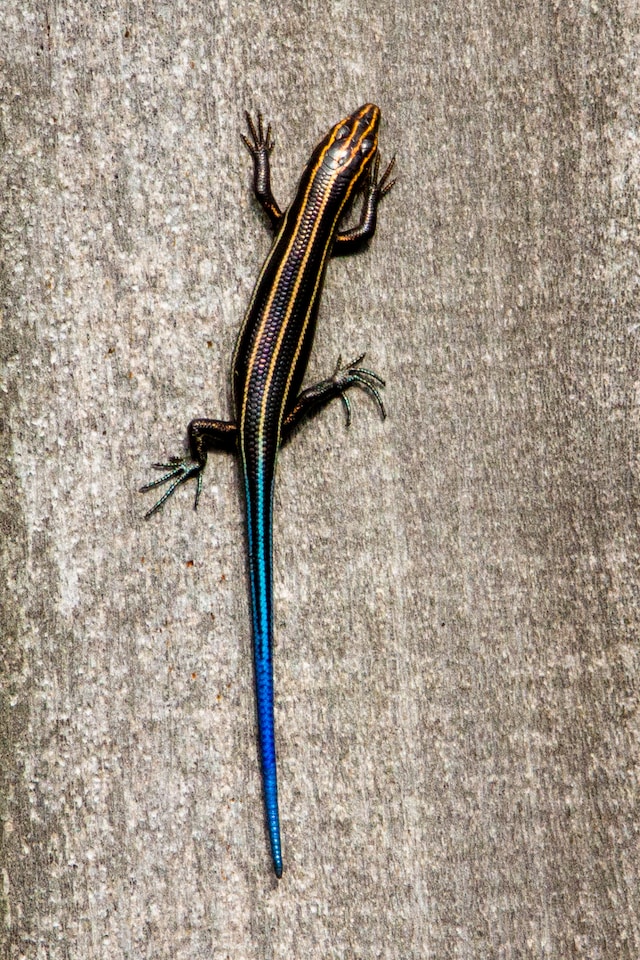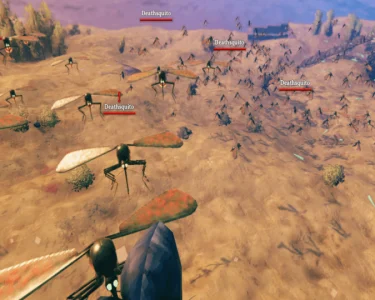Introduction: Lizards, with their diverse species and intriguing adaptations, have captured the curiosity of scientists and nature enthusiasts alike. While often seen as solitary creatures, recent research has revealed fascinating aspects of their behavior and social habits. In this article, we delve into the world of lizard behavior, exploring their communication, mating rituals, territoriality, and other intriguing social dynamics.
- Communication and Signaling: Lizards employ a range of communication methods to interact with conspecifics and convey information. Visual signals, such as body postures, head bobs, and dewlap extensions, play a crucial role in communication. Male anoles, for instance, perform elaborate head-bob displays to establish dominance or attract mates. Vocalizations, including chirping, hissing, or barking, are used by some species, such as geckos, to communicate during courtship or territorial disputes.
- Courtship and Mating Rituals: The courtship rituals of lizards are often elaborate and visually stunning. Males employ various displays to attract females, including colorful throat pouch extensions, head movements, or ritualized dances. The male frilled lizard, for example, displays its impressive frill to intimidate rivals and woo potential mates. These courtship displays not only serve as a means of communication but also demonstrate the physical prowess and genetic fitness of the males.
- Territoriality and Aggression: Many lizard species exhibit territorial behavior, defending specific areas for resources, mates, or nesting sites. Aggression is often displayed when territorial disputes arise. Territory defense may involve visual displays, such as head bobs or inflated throats, as well as physical combat. Male fence lizards engage in “push-up” displays and engage in push-and-shove combat to establish dominance over their territory. Such territorial behavior ensures the allocation of resources and maximizes reproductive success.
- Parental Care and Reproductive Strategies: While lizards are generally perceived as independent and solitary creatures, some species exhibit various forms of parental care. Female lizards may guard their eggs, ensuring optimal conditions for incubation, or provide protection for their hatchlings. In some cases, male lizards actively participate in incubation or guard offspring until they are capable of surviving on their own. This level of parental care enhances the survival rates of offspring and contributes to the overall reproductive success of the species.
- Social Structure and Group Dynamics: While lizards are often thought of as solitary creatures, certain species exhibit social behaviors and live in groups. An example is the Australian dragon lizards, which form stable social hierarchies and share communal basking sites. In these groups, dominant individuals often enjoy access to resources and mates, while subordinate members may benefit from protection and cooperative foraging. Understanding the social structure and dynamics of lizards sheds light on their social complexity and cooperative behaviors.
- Adaptability and Evolutionary Significance: The behavioral repertoire of lizards showcases their remarkable adaptability to diverse environments. Their ability to communicate, establish territories, and engage in complex social interactions highlights the evolutionary significance of these behaviors. By observing and studying lizard behavior, scientists gain insights into broader ecological patterns and the processes that drive species’ survival and success.
Conclusion: The behavior and social habits of lizards provide a fascinating glimpse into the complex lives of these remarkable creatures. From courtship displays and territorial disputes to cooperative behaviors and parental care, lizards exhibit a diverse array of behaviors that contribute to their survival and reproductive success. Understanding their behavior not only enhances our appreciation for their complexity but also provides valuable insights into the natural world and the intricacies of evolutionary adaptation.




